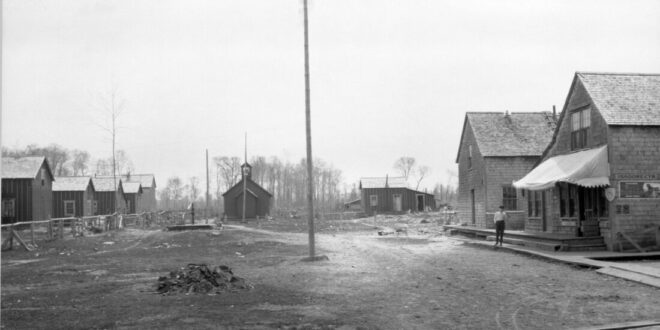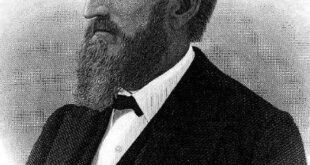U.P. Moments in History
The Upper Peninsula of Michigan, commonly known as the U.P., is filled with rich history and captivating stories. From the indigenous tribes that once inhabited the land to the European settlers and miners who arrived later, the U.P. has seen it all. In this article, we will explore some significant moments in the history of the U.P.
Native American Presence
Long before the arrival of Europeans, the U.P. was home to several Native American tribes. The Ojibwe, Odawa, and Potawatomi were the primary tribes in the region. They lived in harmony with nature, relying on fishing, hunting, and gathering for sustenance. These tribes have a rich oral tradition that preserves their history and cultural heritage.
Another notable group is the Huron, who inhabited the St. Mary’s River area and had extensive trade networks. The U.P. was a land of abundance and significance to these tribes.
European Exploration and Fur Trade
In the 17th century, French explorers, including Samuel de Champlain and Jean Nicolet, ventured into the Great Lakes region, including the U.P. They sought to establish fur trade relationships with the Indigenous peoples. The French established forts such as Fort Michilimackinac and Sault Ste. Marie, marking their presence in the region and paving the way for further European exploration.
Fur trading became a significant economic activity in the U.P. with the establishment of trading posts. French, British, and later American traders competed for the rich resources the U.P. offered.
Mining Boom in the U.P.
The U.P.’s mining industry experienced a significant boom in the mid-19th century. Copper and iron ore mining became the backbone of the region’s economy. Immigrants, primarily from Cornwall, England, arrived in large numbers to work in the mines.
Notably, the discovery of copper at the Keweenaw Peninsula and the subsequent rush led to a mining frenzy. The Quincy Mine and the Calumet and Hecla Mine were among the most prominent copper mines of the time.
Iron ore was also abundant in the U.P., particularly in the Marquette and Menominee regions. The opening of iron mines brought prosperity and growth to these areas.
The U.P. Today
Although the mining industry declined in the 20th century, the U.P. remains a region steeped in history. The heritage and influence of the Indigenous tribes, European settlers, and miners can still be seen and felt.
The U.P. is a popular tourist destination known for its picturesque landscapes, national parks, and historic sites. Visitors can explore preserved mining towns, lighthouses, and museums that offer a glimpse into the past.
The U.P. embraces its history while also looking towards the future. It continues to evolve as a place where tradition meets innovation, offering opportunities for education, recreational activities, and economic growth.
Conclusion
The U.P. is not just a beautiful region; it is also a place filled with stories and historical significance. From the Native American tribes to European explorers, and the mining boom, the U.P.’s history is diverse and fascinating. Today, tourists and residents alike can appreciate and learn from the rich heritage preserved in the U.P.’s natural wonders and man-made landmarks.
 Mind Uncharted Explore. Discover. Learn.
Mind Uncharted Explore. Discover. Learn.




